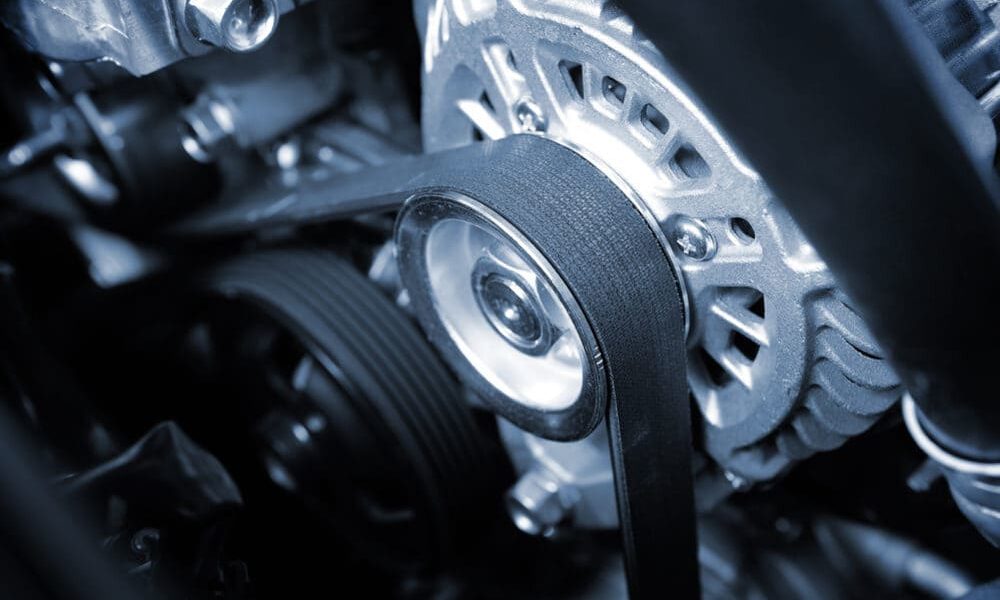
In the somewhat recent past, vehicles had multiple belts, each controlling one specific component. Conversely, almost all cars on the road nowadays have one, long, winding belt—the serpentine belt—which operates the air conditioner, alternator, power steering pump, and sometimes the water pump. There are a few models that have a second belt to control select accessories, but the serpentine belt does the majority of the work.
How Long Do They Last?
Because the serpentine belt is so important to the operation of your vehicle, it is designed to last. Due to significant advances in rubber technology, these belts are much tougher and more reliable than the old v-belts. Most will last 60,000 to 100,000 miles under ideal conditions. However, that does not mean they can be ignored.
What to Watch For
- In the majority of cases, if your serpentine belt breaks, the vehicle will stop running. Nevertheless, not all old belts simply snap. Due to normal wear and tear, they can fray, crack, become “glazed” or shiny, or shed pieces of themselves. A belt that needs to be replaced may become contaminated with fluid, begin to squeal or slip, or become misaligned.
- In addition to the band itself, some serpentine belts are manually tensioned and require periodic adjustment. The self-tensioning mechanism found on others can experience excessive wear over time and may need to be serviced or replaced.
- Driving around with a damaged or worn belt can have disastrous consequences, as it powers so many things. If it breaks, slips, or simply wears out, everything comes to a halt. Furthermore, you could cause significant damage to your engine or other vital components, depending on the circumstances.
An Ounce of Prevention…
The best way to avoid the inconvenience and expense of breaking down in the middle of nowhere is to have your serpentine belt checked for signs of wear on a regular basis, either during your annual inspection or when the oil is changed. Furthermore, it is a good idea to replace this rather inexpensive, but vital, piece of equipment periodically to avoid any potential problems altogether.
Courtesy of aeroautoparts










